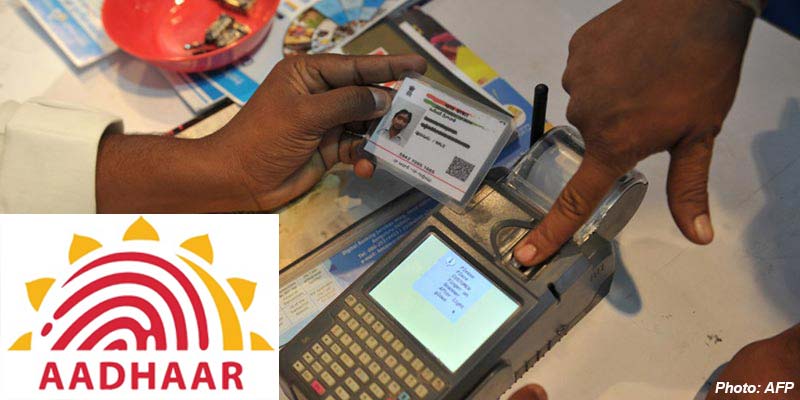- India
- Nov 01
- Sreesha V.M
UIDAI sets up expert panel for ‘Aadhaar Vision 2032’
• The Unique Identification Authority of India (UIDAI) has embarked on a comprehensive strategic and technological review to shape the next decade of Aadhaar’s evolution through a new ‘Aadhaar Vision 2032’ framework.
• It has formed a high-level expert panel to make Aadhaar technology future-ready, especially for scalability and resilience against evolving cybersecurity threats.
• The high-level expert committee has been constituted under the chairmanship of UIDAI chief Neelkanth Mishra.
Objectives of the new framework:
• The ‘Aadhaar Vision 2032’ roadmap will look at not only sustaining the technological leadership of Aadhaar but also reinforcing its role as a secure, inclusive, and people-centric digital identity.
• The committee will develop the Aadhaar Vision 2032 document, outlining the framework for next-generation Aadhaar architecture aligned with India’s Digital Personal Data Protection (DPDP) Act, and emerging global standards of privacy and cybersecurity.
• The framework will focus on leveraging cutting-edge technologies such as artificial intelligence (AI), blockchain, quantum computing, advanced encryption, and next-generation data security mechanisms.
• These will ensure Aadhaar remains resilient against evolving cybersecurity threats, scalable for future demand, and adaptive to the rapidly changing digital landscape.
Unique Identification Authority of India (UIDAI)
• The Unique Identification Authority of India (UIDAI) is a statutory authority established under the provisions of the Aadhaar (Targeted Delivery of Financial and Other Subsidies, Benefits and Services) Act, 2016 (Aadhaar Act, 2016) on July 12, 2016 by the government of India, under the ministry of electronics and information technology (MeitY).
• The Aadhaar Act, 2016 has been amended by the Aadhaar and Other Laws (Amendment) Act, 2019.
• Prior to its establishment as a statutory authority, UIDAI was functioning as an attached office of the then Planning Commission (now NITI Aayog).
• On September 12, 2015, the government revised the Allocation of Business Rules to attach the UIDAI to the Department of Electronics & Information Technology (DeitY).
• UIDAI was created with the objective to issue Unique Identification numbers (UID), named as Aadhaar, to all residents of India.
• UIDAI has its headquarters in New Delhi and functions through its eight regional offices situated in Bengaluru, Chandigarh, Guwahati, Hyderabad, Lucknow, Mumbai, New Delhi and Ranchi.
• UIDAI has two data centres – one at Hebbal (Bengaluru) in Karnataka and the other at Manesar (Gurugram) in Haryana.
• The first UID number was issued on September 29, 2010 to a resident of Nandurbar in Maharashtra.
What is Aadhaar?
• Aadhaar is a 12-digit unique ID issued to an individual. Aadhaar uses demographic information (name, date of birth, gender and address), photograph of the face, fingerprints and iris to identify a resident. These items of information are mandatory.
• The objective of Aadhaar is to empower residents of India with a unique identity and digital platform only for the purpose of identity proof.
• Aadhaar number is a proof of identity. It does not confer any right of citizenship or domicile in respect of an Aadhaar number holder.
• Under the Aadhaar Act, 2016, UIDAI is responsible for Aadhaar enrolment and authentication, including operation and management of all stages of Aadhaar life cycle, developing the policy, procedure and system for issuing Aadhaar numbers to individuals and perform authentication and the security of identity information and authentication records of individuals.
(The author is a trainer for Civil Services aspirants.)

